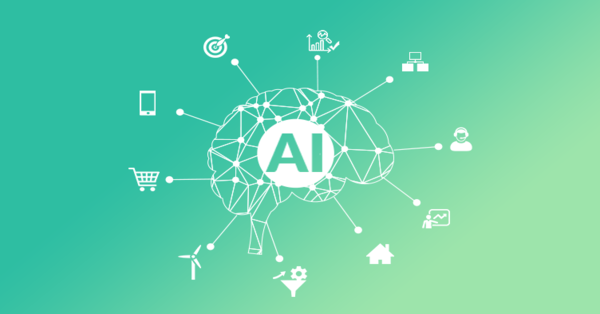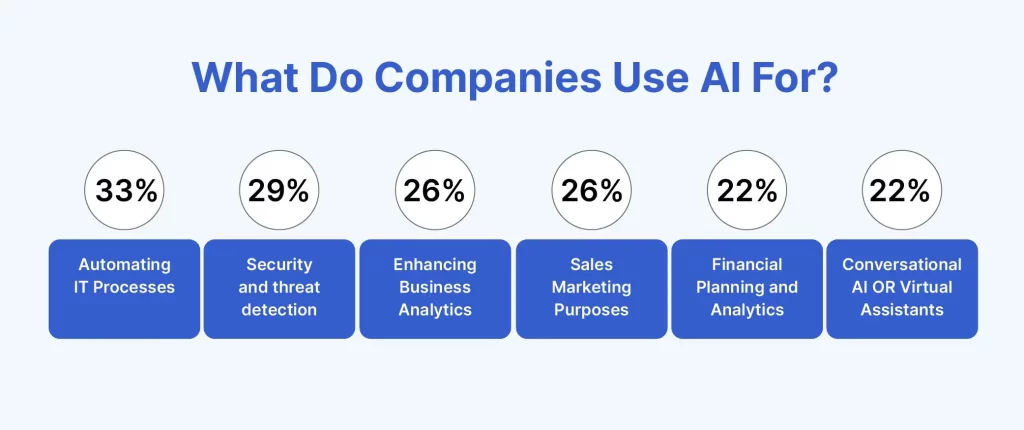How AI is Revolutionizing Every Space
Artificial Intelligence (AI) is developing at an unprecedented pace, transforming industries, social media, and content creation. With critical breakthroughs in AI training, social media connectivity, and the emergence of AI agents such as Manus, we are in the middle of a revolution that will revolutionize how we engage with technology.

In this article, we will examine crucial trends in AI, from big data training to social media AI software and the future of AI-powered workflows. So, let us begin!
AI Training on Huge Data: The World Race
AI Capabilities Improved - Training AI models on massive volumes of quality literature and bestsellers enhances their writing, understanding, and fluency, making them better.
Geopolitical Ramifications - Others say that unless Western firms intensively train their models, China will, possibly emerging with a strategic AI advantage as a result of fewer ethical limitations.
Ethical and Legal Challenges - Although the U.S. and Europe struggle with regulatory and ethical issues when it comes to data use, China's free-for-all style provides them with a competitive advantage.
Balancing Innovation and Responsibility - AI programmers need to learn how to ethically train their models without compromising their competitiveness in the global race for AI.
AI in Social Media: The Rise of Groq and Perplexity
AI-Generated Context - X (formerly known as Twitter) introduced Groq, where users can tag it for current analysis and more context on tweets.
Competitive AI Assistants - Another similar tool, Perplexity, was already introduced, and now users tend to compare both Groq and Perplexity responses to determine accuracy.
Platform Integration Advantage - As X owns Groq, it has access to internal data, giving it an advantage compared to third-party AI tools such as Perplexity.
Expanding to Other Platforms - Meta is likely to integrate AI assistants into Facebook, Threads, and Instagram, allowing users to interact more seamlessly across its platforms.
AI Avatars vs. AI Assistants: Which is the Better Use Case?
AI Avatars: A Problematic Feature - Meta has been pushing AI avatars, but most people view them as unnecessary and without actual engagement value.
Limited Usefulness of AI Avatars - These virtual personas can be serving mindless scrolling instead of augmenting meaningful interactions.
AI Assistants as a More Practical Tool - AI utilities such as Grok and Perplexity offer informative, real-time insights, which are more useful than AI avatars.
The Future of AI in Social Media - The attention will probably turn toward AI-based tools enhancing accessibility and user experience instead of gimmick digital personalities.
Manus AI: A Step Towards AGI?
A Powerful AI Agent - Manus AI has the ability to conduct research, create presentations, capture screenshots, code, and browse the web, and so it is extremely versatile.
Driven by State-of-the-Art AI Models - Manus is presently powered by Anthropic's Claude 3.7 but could be changed to other AI models depending on performance and cost.
Combining Multiple Tasks - In contrast to the conventional AI models, Manus AI can integrate multiple tasks into a single process, making it more efficient.
A Step Towards AGI - The capability of Manus to automate complicated tasks marks advancement towards Artificial General Intelligence (AGI).
AI Agent Workflows: The Future of Digital Productivity
Augmenting Research and Content Generation - AI agents will soon be able to view videos, review content, and produce reports, lessening the need for manual work.
Adjusting Content for AI Agents - Web owners need to ensure that their content is formatted in a manner in which AI agents can quickly scan and utilize it for research.
Managing Multiple AI Agents - Users in the future will be able to manage multiple AI agents at once, each performing various tasks such as research, writing, and scheduling.
Strategic Decision-Making - Human users will be concerned with directing AI agents and making strategic decisions from AI-generated insights, similar to running a team.
AI in Business: The Seefunnel Example
Automating Sales and Marketing - AI-driven platforms such as Seefunnel enable businesses to automate lead generation and customer interaction.
Predicting Customer Behavior - Seefunnel uses AI to analyze customer data, predict purchase intent, and automate personalized marketing campaigns.
Improving Conversion Rates - By targeting the right customers with relevant content, businesses using Seefunnel see higher efficiency and conversion rates.
Enhancing Decision-Making - AI-driven platforms like Seefunnel provide actionable insights, helping companies make data-driven marketing decisions.
The Role of AI in Startups and Content Creation
AI as a Research Assistant - AI tools now handle up to 70% of research work for content creators, allowing them to focus on strategy and creativity.
AI in Podcasts and Thought Leadership - Technology-focused podcasts like TBN (Technology Brothers Network) provide insights on AI applications in startups and business.
AI’s Role in Startup Growth - Many startups are leveraging AI for automation, customer insights, and operational efficiency.
Keeping Up with AI Trends - Staying current on AI advancements is important for companies and content producers to stay competitive in the online world.
AI is emerging fast, from massive data training to creative social media use and smart agent workflow. AI agents will reshape workflows, enhancing digital interactions into more seamless and efficient ones. It's not a matter of if AI will disrupt industries—but how fast we can adopt and refine these technologies to create a smarter future.
